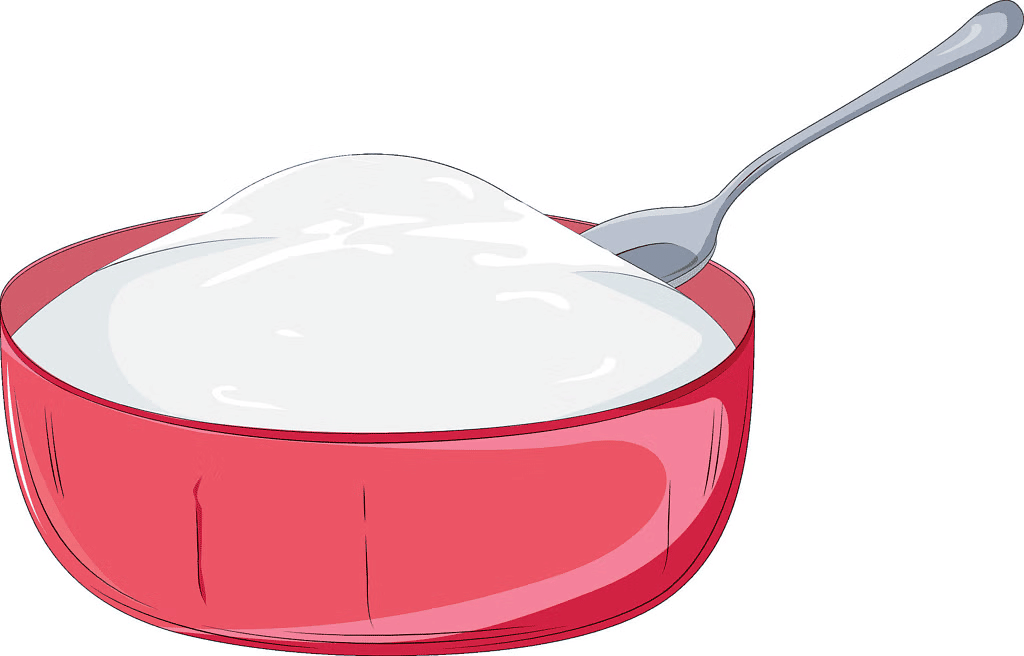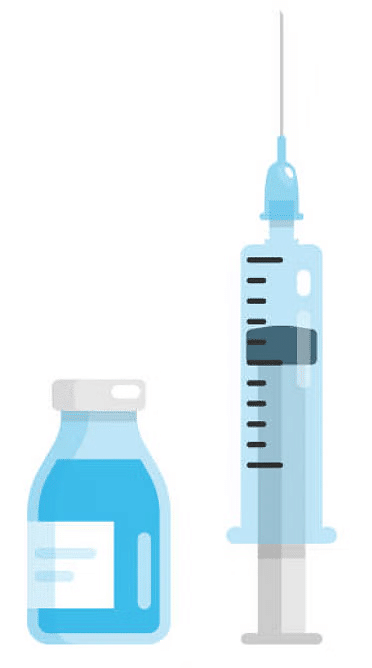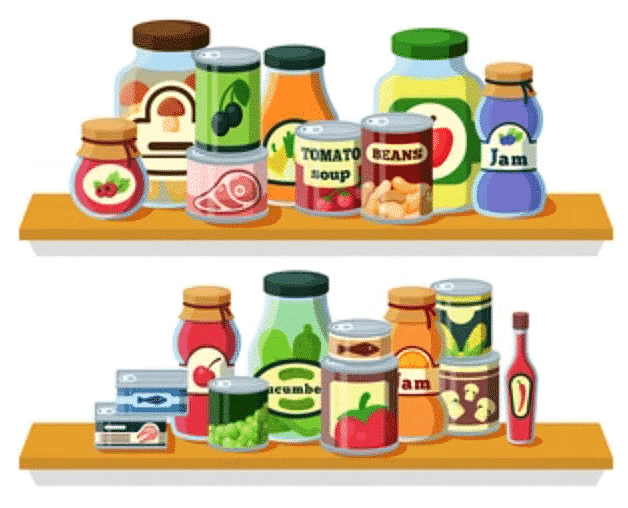Microorganisms : Friend or Foe Class 8 Worksheet Science
| Table of contents |

|
| Multiple Choice Questions (MCQs) |

|
| Fill in the Blanks |

|
| True/False Questions |

|
| Very Short Answer Questions |

|
Multiple Choice Questions (MCQs)
Q1: Which of the following is not a use of microorganisms?
A) Making antibiotics
B) Fixing nitrogen in the soil
C) Increasing the spoilage of food
D) Producing alcohol
Ans. C) Increasing the spoilage of food
Q2: Which microorganism is used to make curd from milk?
A) Yeast
B) Lactobacillus
C) Penicillium
D) Rhizobium
Ans. B) Lactobacillus

Q3: What is the role of microorganisms in the nitrogen cycle?
A) They decompose organic matter releasing nitrogen gas into the atmosphere.
B) They convert atmospheric nitrogen into usable compounds for plants.
C) They increase the nitrogen content in the atmosphere.
D) They consume nitrogen from the soil.
Ans. B) They convert atmospheric nitrogen into usable compounds for plants.
Q4: How do friendly microorganisms benefit humans?
A) They cause diseases.
B) They help in digestion and nutrient absorption.
C) They spoil food.
D) They reduce soil fertility.
Ans. B) They help in digestion and nutrient absorption.
Q5: Which of the following is true about vaccines?
A) They are harmful microorganisms.
B) They contain live pathogens.
C) They contain dead or weakened microbes to stimulate immunity.
D) They have no impact on immunity.
Ans. C) They contain dead or weakened microbes to stimulate immunity.

Fill in the Blanks
Q1: Microorganisms that are beneficial to humans and aid in digestion are called Friendly microorganisms.
Q2: The process by which yeast helps to make bread is called Fermentation.
Q3: Microorganisms that produce diseases in plants, animals, and humans are called Pathogens.
Q4: The technique discovered by Louis Pasteur to kill harmful microbes in milk is known as Pasteurization.
Q5: Rhizobium bacteria are known for fixing nitrogen in the soil, which helps Leguminous plants.
True/False Questions
Q1: Microorganisms can only be harmful and have no beneficial uses.
Ans. False
Q2: Fungi and bacteria are used to make antibiotics like penicillin.
Ans. True
Q3: All bacteria are harmful to humans and other living organisms.
Ans. False
Q4: Preservation by sugar involves reducing the moisture content which inhibits bacterial growth.
Ans. True

Q5: Vaccines always contain live microorganisms to be effective.
Ans. False
Very Short Answer Questions
Q1: What causes malaria?
Ans. Malaria is caused by protozoa.
Q2: What are preservatives?
Ans. Chemicals (Salts, edible oils etc.) used to check the growths of microorganisms are called preservatives.
Q3: Name the microorganisms which can fix atmospheric nitrogen in the soil.
Ans. Certain bacteria and blue green algae present in the soil fix nitrogen from the atmosphere and convert into compounds of nitrogen.
Q4: Give two examples of algae.
Ans. Chlamydomonas and Spirogyra
Q5: How can we prevent the spread of communicable diseases?
Ans. We prevent the spread of communicable diseases:
- By keeping handkerchief on the nose and mouth while sneezing.
- By keeping distance from infected persons.
Q6: What are the harmful effects of microorganisms on plants?
Ans. Several microorganisms cause diseases in plants like wheat, rice, potato, sugarcane, orange, apple and others. The diseases reduce the yield of crops.
Q7: Who discovered penicillin?
Ans. In 1929, Alexander Fleming discovered penicillin.
Q8: How are jams and squashes preserved?
Ans. Sodium benzoate and sodium meta bisulphite are used in the jams and squashes to check their spoilage.
Q9: How can food be preserved by adding oil and vinegar?
Ans. Use of oil and vinegar prevents spoilage of food because bacteria cannot live in such an environment. Vegetables, fruits, fish and meat are often preserved by this method.
Q10: What causes foot and mouth disease of cattle?
Ans. Foot and mouth disease of cattle is caused by a virus.
|
92 videos|296 docs|44 tests
|
FAQs on Microorganisms : Friend or Foe Class 8 Worksheet Science
| 1. How can microorganisms be beneficial to humans? |  |
| 2. What are some examples of harmful microorganisms? |  |
| 3. How can we prevent the spread of harmful microorganisms? |  |
| 4. Can microorganisms be used in food production? |  |
| 5. What role do microorganisms play in the environment? |  |





















